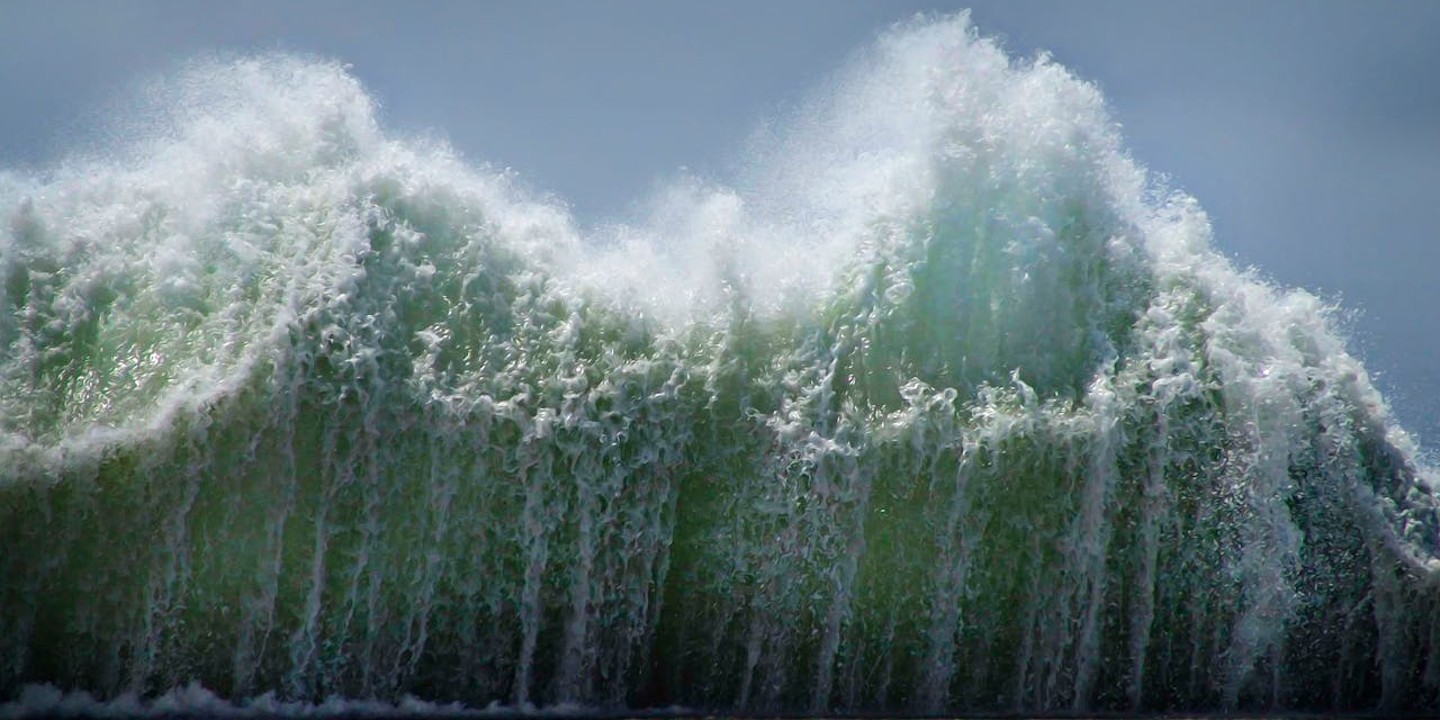The TSA Just Approved 11 New Items You Can Bring On Flights
The days of mini "travel-sized" containers for toiletries might soon come to an end with the introduction of new technology. For around 20 years, airports have been very strict about their 3.4-ounce limit for liquids. However, earlier this year, the Transportation Security Administration (TSA) announced that it would relax this restriction, allowing for certain items to exceed this volume.
Where did the rule come from?
The 3.4-ounce limit originated in 2006 after British authorities uncovered a terrorist plot to blow up multiple transatlantic flights using liquid explosives disguised as everyday items like soft drinks and toiletries. The attackers intended to bring separate liquid chemical components onto planes and mix them on board to create explosives. The plan was foiled by a massive undercover operation by MI5, which received a tip from a Pakistani-British informant.
The immediate response from aviation authorities in the US, Canada, and the EU was to ban all liquids in carry-on bags, but this proved to be far too chaotic for travelers. The 3.4-ounce rule was introduced as a compromise—this amount is too small to make a powerful explosive, but just enough for passengers who needed toiletries or medication. Additionally, the rule that says all liquids must fit into one quart-sized clear bag is a further safety measure limiting the total amount of liquids a passenger can take. It also allows security to visually inspect liquids.
What has changed?
This rule could soon be eliminated with the development of new computed tomography (CT) scanners, similar to those used in the medical sector, that can automatically inspect the contents of bottles and reliably detect threats. They've already been installed in some of the world's busiest airports, including Newark Liberty International, London Gatwick, and Paris's Charles de Gaulle. However, that doesn't mean you can stroll onto flights with full bottles of shampoo just yet. The TSA has loosened regulations, but it only applies to the following 11 items so far:
- Over-the-counter medications
- Prescription medications
- Medically necessary ice packs or gen packs
- Foods and drinks for babies
- Wet batteries
- Live fish in water
- Breast milk or baby formula
- Biological specimens
- Liquid-filled teethers
- Fresh eggs
- Duty-free items (in sealed bag)
While the TSA's list of permissible liquids above 3.4-ounces is mostly limited to medically necessary items, some airports have already eliminated the rule altogether, for example, Birmingham and Edinburgh airports in the UK.
Why is this change so slow to roll out?
There are five major reasons airport security rules around liquids are slow to change, even when newer CT scanners are available. First off, the technology is very expensive. A single CT scanner can cost $300,000–$1 million, and major airports need several. Their installation also requires airports to essentially rebuild their entire security setup, with reinforced floors to handle the weight of the new machine, and new electrical systems.
Airports worry that changing the system will create longer lines: a big price to pay when they're already chaotic and overcrowded. Furthermore, changing rules around liquids isn't an individual decision that one airport can make; it takes global coordination and communication with government bodies. Finally, governments are extremely cautious with liquids because they were part of a very real bomb threat that could have been devastating.









